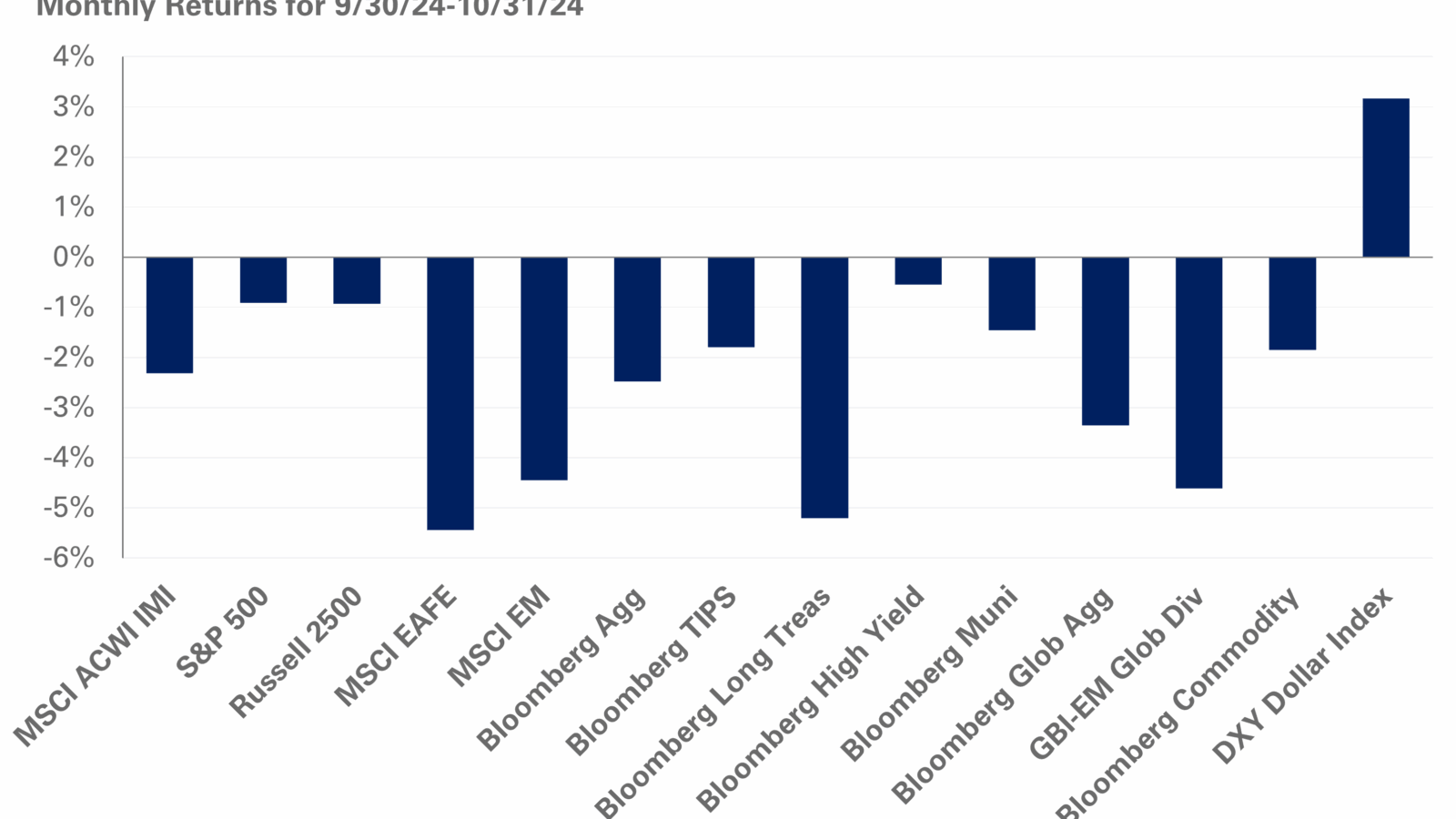The Federal Reserve raised rates, in a widely anticipated move, in its first meeting under new chair Jerome Powell. The unanimous vote increases the Fed funds rate to a range of 1.50% to 1.75%. It comes amid continued economic expansion in the United States—one of NEPC’s key market themes for 2018—and subdued inflation alongside historically low unemployment. While the rate hike came as little surprise to markets, the Fed committee’s outlook contained nuances carrying important implications for the central bank’s plan for future rate hikes.
The latest forecast signals the division among policymakers over the economic outlook for the rest of 2018; there is growing concern that increased federal spending and significant tax cuts could potentially warrant additional rate hikes this year. So far, the central bank has indicated its intention to raise rates two more times in 2018, while leaving room to step up this pace if needed.
On Wednesday, the Fed left this forecast unchanged, but increased its projections for 2019 to three hikes from two amid expected higher growth – implying a long-run rate of 2.9% versus the initial 2.7%. That said, the Fed appears committed to raising rates gradually—another of our key market themes this year—with the Committee indicating it would keep an accommodative monetary policy in place – providing a supportive backdrop for strong labor market conditions and a means for inflation to approach its 2% target. As such, Powell voiced the Fed’s intention to stick to the middle ground despite the disconnect between a tightening labor market and underwhelming inflation growth.
Parsing through the Fed announcement, stocks and Treasuries offered a muted response; the 10-year Treasury hit 2.92% before retreating to 2.88% on Wednesday. The understated market reaction underscores skepticism about how high the Fed can raise rates in the future, given concerns around short-term market sentiment as many perceive a move in the 10-year yield above a threshold of 3% as negative for risk assets, particularly equities.
Stay tuned for more analysis as we continue to closely follow the Fed.



